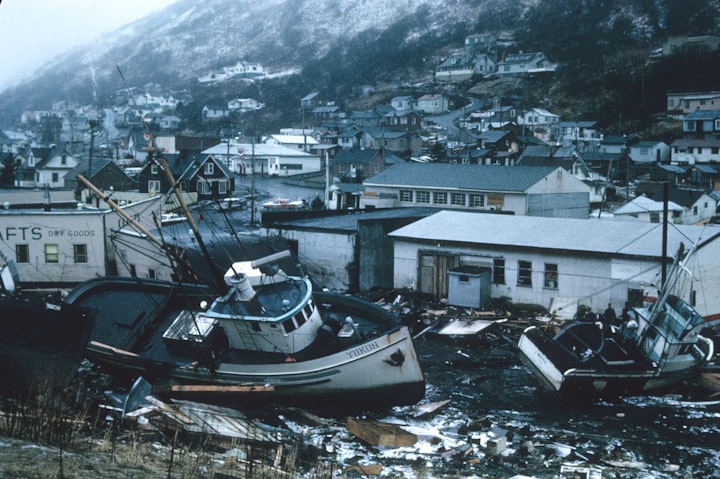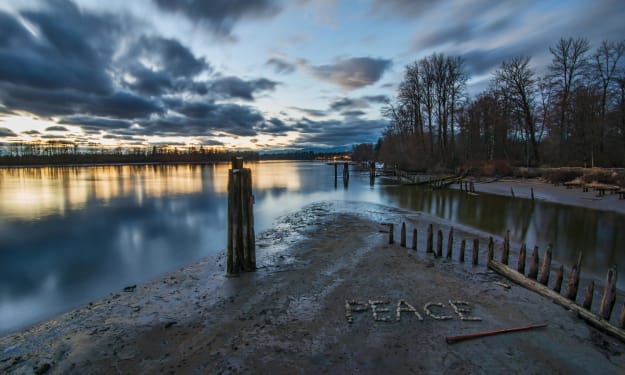You are on a beach, carefree and enjoying the sun's rays on your skin, the sound of waves, and the question, "Where did all the water go?" Better act quickly because in a matter of minutes you might find yourself submerged. Here's how to survive a tsunami: scientifically speaking, tsunamis are caused by intense underwater activity, usually an earthquake or an underwater volcanic eruption.
These events push large amounts of water up from the ocean floor to the surface, but when gravity pulls it back down, all this stored energy is released, creating deadly waves that become stronger as they ripple across the ocean.With their incredible strength and endurance, they can travel across entire oceans at the speed of a jet airplane. How can anyone hope to survive in a tsunami-prone area?
The first step to surviving is learning to recognize the warning signs of a tsunami. The Pacific Ocean is home to volatile tectonic activity, which explains why 75% of all volcanic eruptions and 90% of all earthquakes occur there. These geological disturbances also account for 85% of all tsunamis. In most cases, an earthquake occurs before a tsunami, so if you're near the coast,and you had an earthquake, take precautions against it first. However, as soon as the shaking stops, move to higher ground as quickly as you can.
The beach will expand in the other direction. An early warning sign of an approaching tsunami is when the water along the coast recedes, exposing the sea floor. Avoid going to the beach to investigate; you'll only be risking yourself when the water surges back. Instead, head in the opposite direction and try to reach as high as thirty meters above sea level or three and a half kilometers from the ocean.
Since tsunamis move quickly, you might not have enough time to get to the highest elevation While it may not seem very practical, in the 2004 Indian Ocean tsunami, an Indonesian woman was eventually rescued after hanging onto a palm tree for five days straight. While it isn't ideal, if you can't get to higher ground in time, you need to find something to hold on to as the tsunami moves inland it will sweep tons of debris along. In this case, look for a tall building with a sturdy concrete foundation.
If you see one nearby, run inside and get to the roof as quickly as possible. If you've made it this far, your troubles aren't over yet. A tsunami isn't one wave; rather, it's a series of waves known as a tsunami wave train. Waves may occur anywhere from five minutes apart to an hour apart, and be aware that the first wave that hits isn't always the strongest.
Therefore, even when you think it's over, stay where you're safe until you hear from local officials. This can be extremely dangerous because the accumulation of debris traveling at high speeds becomes deadly obstacles for anyone caught in the current.Although tsunamis are terrible and you may feel very helpless when a 30-meter wave is barreling at you at 800 kilometers per hour, have faith in science and empirical research to show you that there is always a way out. We'll keep showing you one episode at a time on what science has to say about this.
About the Creator
mj zamora
Hey! My name is Mj, and I'm a marketing specialist with a passion for digital advertising. I have five years of experience managing a wide range of online campaigns and improving brand visibility for clients across multiple verticals.






Comments
There are no comments for this story
Be the first to respond and start the conversation.